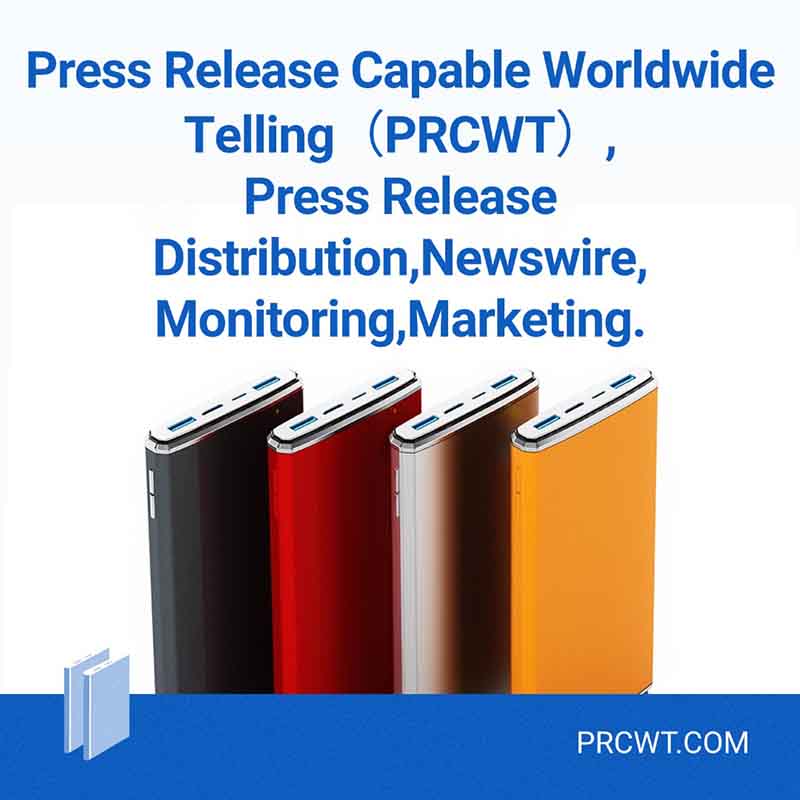In the digital age, media monitoring has become an essential tool for businesses and organizations to stay informed about the conversations surrounding their brand, products, and services. It involves the tracking and analysis of various media sources, such as social media, news websites, blogs, and online forums, to gather real-time data on public sentiment, brand perception, and market trends.
According to recent industry reports, the global media monitoring market is expected to grow at a compound annual growth rate (CAGR) of over 10% in the coming years. This growth can be attributed to the increasing importance of digital marketing, the need for brands to manage their online reputation, and the rise of social media as a major source of information.
Media monitoring offers several benefits to businesses. Firstly, it provides valuable insights into customer behavior and preferences, allowing companies to tailor their marketing strategies accordingly. For example, by analyzing social media conversations, a company can identify emerging trends and topics that are relevant to its target audience and create content that resonates with them. Secondly, media monitoring helps businesses detect and respond to negative sentiment quickly, minimizing the impact on their brand reputation. It also enables companies to monitor the performance of their competitors and identify areas where they can gain a competitive advantage.
However, media monitoring is not without its challenges. One of the main challenges is the vast amount of data that needs to be analyzed. With the explosion of social media and the internet, businesses are now dealing with terabytes of data on a daily basis, making it difficult to sift through and extract meaningful insights. Another challenge is the accuracy and reliability of the data. Media monitoring tools can sometimes produce inaccurate or incomplete results, leading to false conclusions and ineffective decisions.

To overcome these challenges, businesses need to invest in advanced media monitoring tools and technologies that can handle large amounts of data and provide accurate insights. They also need to train their teams to use these tools effectively and interpret the data correctly. In addition, businesses should establish clear goals and metrics for their media monitoring efforts and regularly evaluate the effectiveness of their strategies.

In conclusion, media monitoring is a powerful tool that can help businesses stay ahead of the competition and manage their brand reputation effectively. By leveraging the latest technologies and best practices, businesses can gain valuable insights into customer behavior and preferences, detect and respond to negative sentiment quickly, and make informed decisions that drive growth and success.
